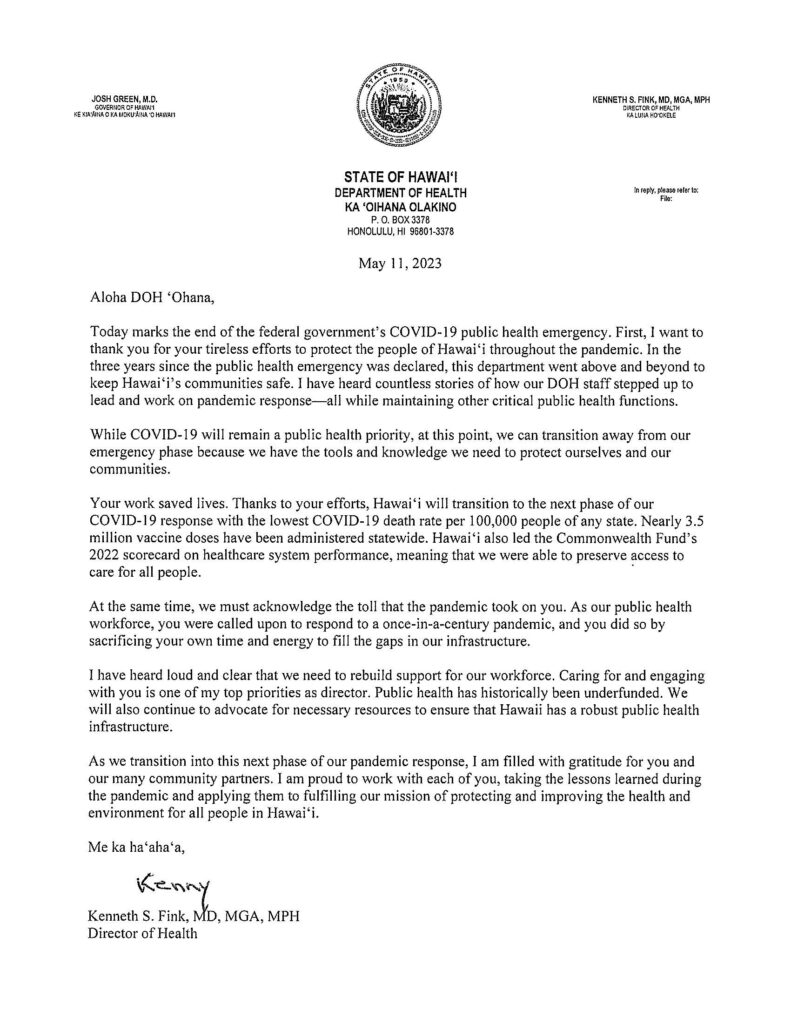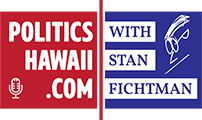This blog’s last post on the 22nd of April entitled “Silent and silence” suggested that as of April 10, 2023, the national emergency over COVID was over and done with. This had to do with the passage of a Joint Resolution in Congress, signed by President Biden, that ended the emergency.
And then this blogger wrote that he was surprised that there was very little fanfare over the end of the provisions as if everyone shrugged and said “Yeah it’s over, moving on.”
Well, that was not the end of the story, it seemed.
As announced even before the Joint Resolution, President Biden had pegged May 11th as the formal end of the COVID emergency, rescinding all final rules put in place during the emergency, including the imposition of immigration “Title 42” on those crossing the border illegally.
As May 11 approached, more news broadcasters were making more of a deal of the date, with all that it entailed. And then when the date hit, the more formal “notification to society” of the end of the rules took place.
Here in Hawaii, that formal notification came in the form of memos circulated to employees from state departments, announcing the end and thanking the employees for their service during the time. The Governor of the State of Hawaii held a press conference with other state officials in signaling the end of the national emergency rules.
Of course, being our Governor who as Lt. Governor, became the face of the effort to combat the virus during the fights “dark days”, of which if you listen to the press conference, he highlights a lot of efforts, with a notable filter of what he did.

PC: PHwSF, provided by a source
With that, how can one who called it done earlier, rationalize that, now, it’s really, truly done? One way to look at it is if we look back in history, at the end of other epic conflicts. The example that will be used here is how the real end of World War II played out.
AS HISTORY RECORDS, after the bombing of Nagasaki by the United States on August 9th, 1945, the Japanese Imperial Government seeing the writing on the wall, signaled their unconditional surrender 5 days later, on the 14th.
That is a day that is known as “VJ Day”, and is seen as the date that World War II ended. However, that is not the only day that signals the war’s end.
Fourteen days later, on September 2, 1945, in Tokyo Harbor, on board the USS Missouri, the formal documents of surrender were signed by all allied powers and the Imperial Japanese Government. That is, according to historians, the “formal” end of the war.

PC: “Allied Commander during formal surrender ceremonies on the USS MISSOURI” by Marion Doss is licensed under CC BY-SA 2.0.
Translating back to how this relates to the end of the COVID emergency rules, is that there are two formal days that one can look at. One is the “in principle” and the other is the “formal” date.
The “In Principle” date, in this case, would be April 10, 2023. That would be the date that the war with COVID was declared over in certain parts of society. This includes healthcare systems, travel restrictions, and general societal rules that regulated interactions during the pandemic.
The “formal end”, therefore would be May 11, 2023, and if one day a politician wants to make a new holiday for Americans to celebrate, that would probably be the date it’s pegged to. This is the date that all other rules were removed, and formally reverted to “full normal”.
So to adjust the number of days we had been under the issue of COVID, here is a rundown:
From April 20, 2020, when the first mandate was put in place in Hawai‘i:
- 1,116 days
- 3 years, 21 days
- 799 weekdays and 318 weekend days
- 159 weeks and 3 days
- 26,784 hours
- 1,607,040 minutes
- 96,422,400 seconds
And as for its effect on Hawaii:
- 1,896 deaths
- 382,669 recovered
- 3.5 million vaccinations given
